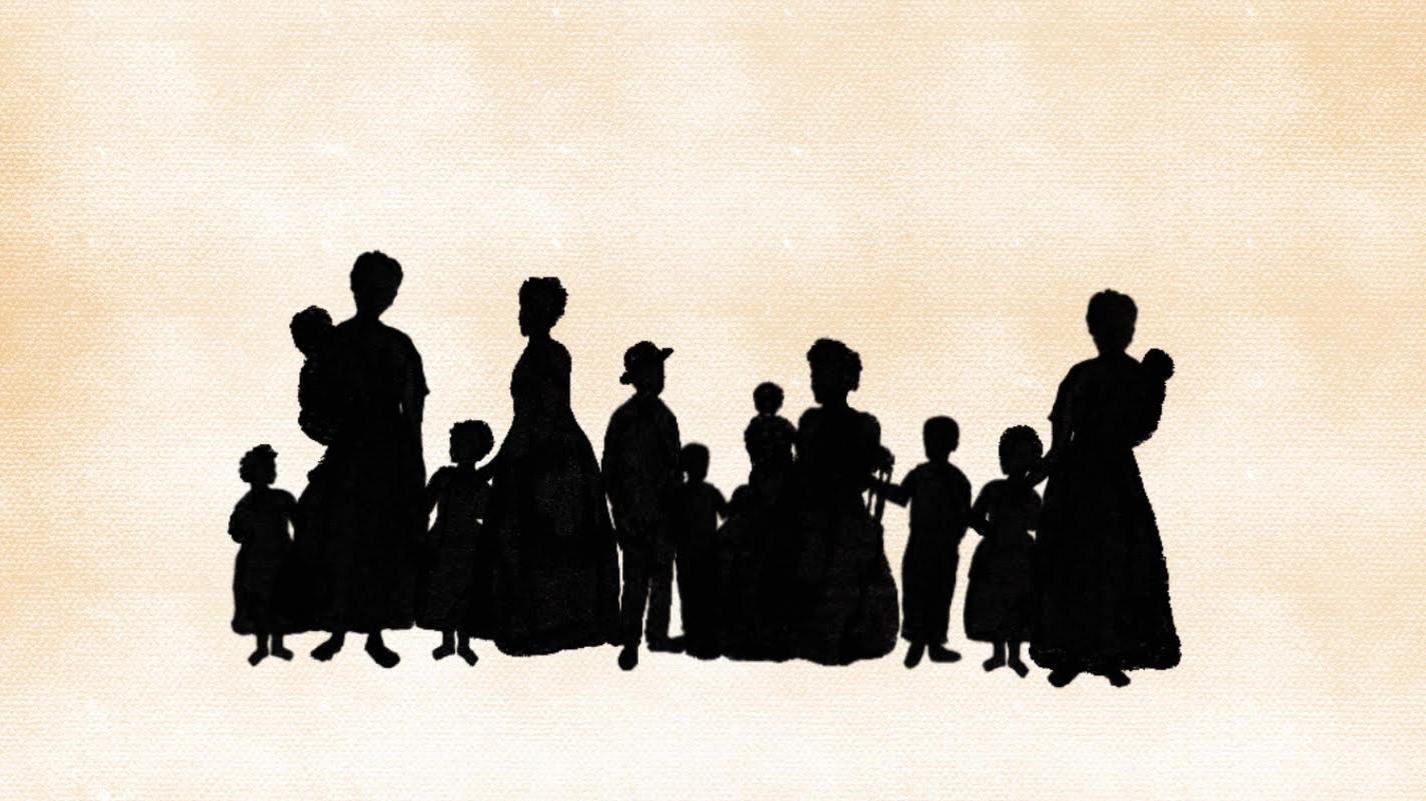Last updated: June 7, 2024
Place
13 Women and Children

Look at the building on the corner of Shenandoah Street and High Street. Enslaved people once lived and worked in the former hotel in front of you. County records show that the Beckham family, owners of the hotel, also enslaved 13 people. The Beckham estate claimed three families as his property. Their names were Winnie, Harriet, Janet, Fannie, Jane, Georgiana, Ned, Isaac, Jon, Louisa, and Ann Eliza. Two young children's names are not listed. Some of the enslaved people probably lived and worked in this building. The Beckhams may have rented out others for profit. Beckham died during the John Brown Raid in October 1859. As part of the settlement of his estate, the women and children were relocated to the Hooff farm in Charles Town, WV. In December 1859, an appraiser assessed the 13 women and children for $5,500 ($240,000 today). A journal, maintained from the enslavers' perspectives, provided glimpses into the lives of the women and children. The Hooffs recorded the tasks they completed, primarily consisting of traditional farm work. Mr. Hooff described that on Christmas day 1859, Jane married Daniel Johnson, a free Black man. "They have been desiring for some time to get married and I opposed it 'til today." The dehumanizing conditions of slavery are evident in the relocation of people, the monetary appraisal of their lives, the documented unpaid labor, and the delay of a marriage at the decision of an enslaver.
In March 1862, the town returned to US military occupation. With the possibility of freedom, most of the women and children took their fates into their own hands. "When we got up, we found every woman and child gone - took our wagon and moved everything - several of the neighbors' servants gone at the same time," wrote Ann Amelia Hooff. The women and children traveled to Harpers Ferry in the darkness of the night. Imagine what it might have felt like for them to walk past the very building they were originally enslaved in while actively seeking freedom.
They would remain in Harpers Ferry until September 1862, when the town was surrendered to the Confederate Army. The women and children, along with about 2,000 other freedom seekers, were recaptured. Enslavers came to retrieve the people they enslaved, and the 13 women and children were taken back to the Hooff farm, "coming in late" from Harpers Ferry. As of right now, we do not know what happens to them next. Research continues to explore the lives of those who were enslaved here. Emancipation may be just around the corner for them with the conclusion of the Civil War.
How do you build your community?
In March 1862, the town returned to US military occupation. With the possibility of freedom, most of the women and children took their fates into their own hands. "When we got up, we found every woman and child gone - took our wagon and moved everything - several of the neighbors' servants gone at the same time," wrote Ann Amelia Hooff. The women and children traveled to Harpers Ferry in the darkness of the night. Imagine what it might have felt like for them to walk past the very building they were originally enslaved in while actively seeking freedom.
They would remain in Harpers Ferry until September 1862, when the town was surrendered to the Confederate Army. The women and children, along with about 2,000 other freedom seekers, were recaptured. Enslavers came to retrieve the people they enslaved, and the 13 women and children were taken back to the Hooff farm, "coming in late" from Harpers Ferry. As of right now, we do not know what happens to them next. Research continues to explore the lives of those who were enslaved here. Emancipation may be just around the corner for them with the conclusion of the Civil War.
How do you build your community?
